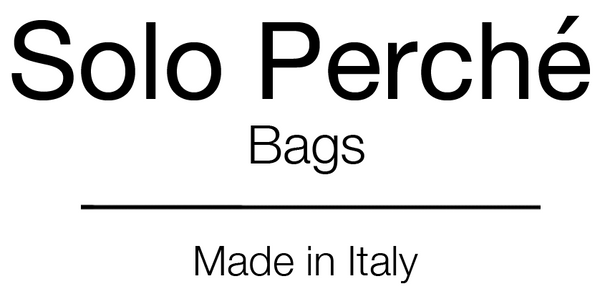Vegetable Tanned Leather
HISTORY OF VEGETABLE TANNING

Vegetable tanning is an artisan tradition that the Tuscan tanneries have handed down from father to son for centuries, mixing antique recipes and state-of-the-art technology.
The transformation from raw hides into a material that will resist throughout time is a process that slowly happens into wooden drums, in full respect of man and the environment. An astonishing process based on the use of natural tannins extracted from trees, on modern technologies and machineries and on the slow passing of time.
Among the various tanning methods, the vegetable tanning is still nowadays the most traditional, the most recognisable, the only one able to give leather unique characteristics. The vegetable tanning process is based on the use of tannin, active ingredient responsible for the transformation of the animal hide into a compact and resistant material durable through the years. This natural substance can be found in many different trees and vegetables, in variable concentration according to the different species. These natural tannin extracts make the vegetable-tanned leather unique and easily distinguishable.
Vegetable-tanning is the true "chromium-free" method, and does not have harmful chemicals. It is an old-world, artisanal process that takes advantage from the tannic acids naturally found in some plant species, by using the barks, branches, leaves and even some fruits in some specific techniques. The natural appearance before painted, has a slightly brownish tinge over a beige color, with a natural, woody and earthy smell.
Vegetable-tanned leather productive cycle is strictly monitored to ensure a low impact on the environment:
- No animal is killed for its skin. On the contrary, the raw hides used by our tanneries are the discarded by-products of the food industry producing meat for human consumption.
- Being tanned with natural tannins, a vegetable-tanned leather object can be easily disposed of at the end of its life, thanks to its chemical-biological characteristics.
- Our tanneries have made huge investments in depuration systems and waste recycling that make them work in full respect of man and the environment.
- Many of the substances used during the tanning process are recovered, recycled and reused in different fields. Hair removed from raw hides is transformed into agricultural fertilizer; sludge produced by the depuration plants is reused in the construction field to make bricks.
- Vegetable-tanned leather, recognizable from its trademark, does not contain any toxic substance such as azo-dyes, nickel, PCP or chrome VI
